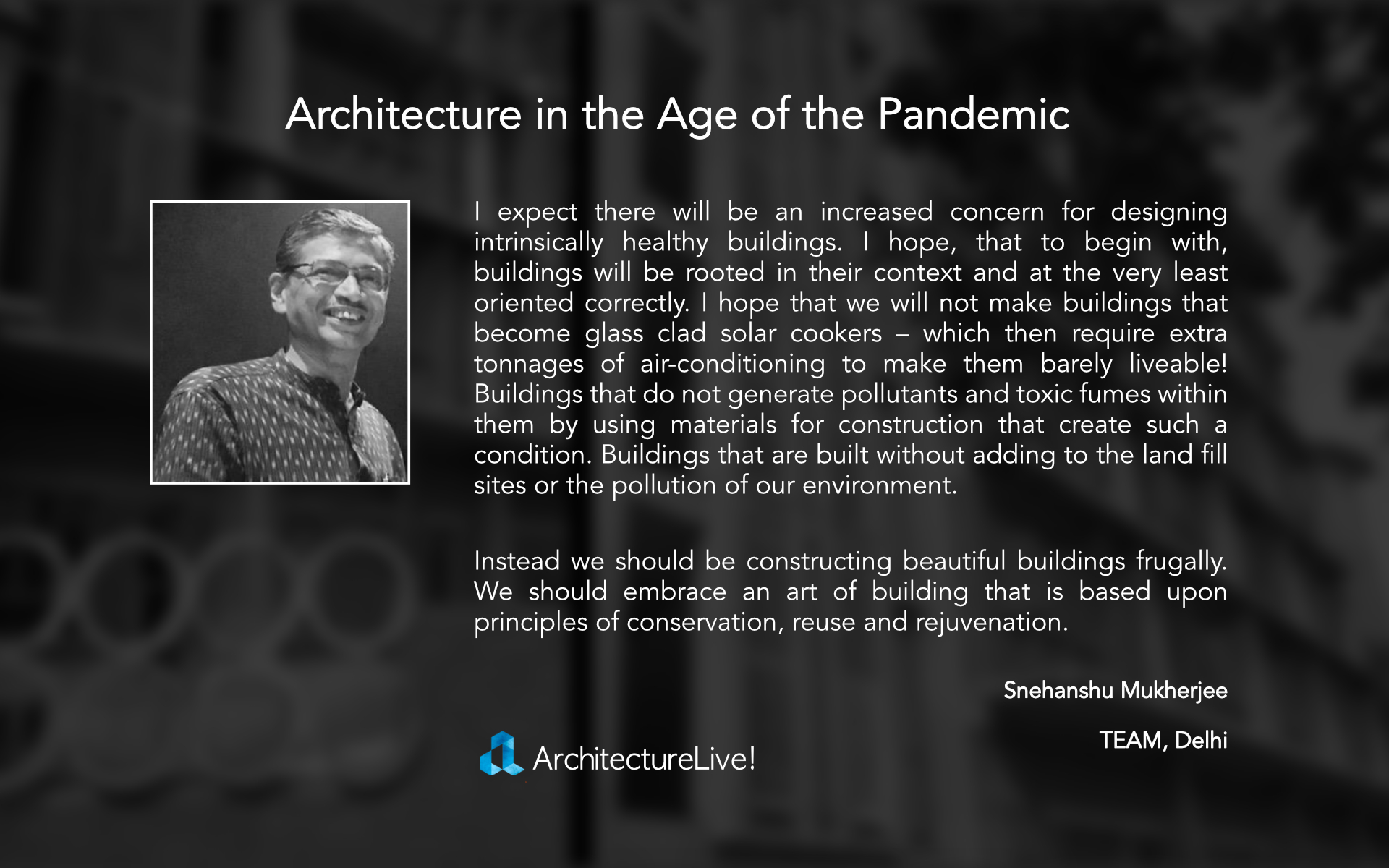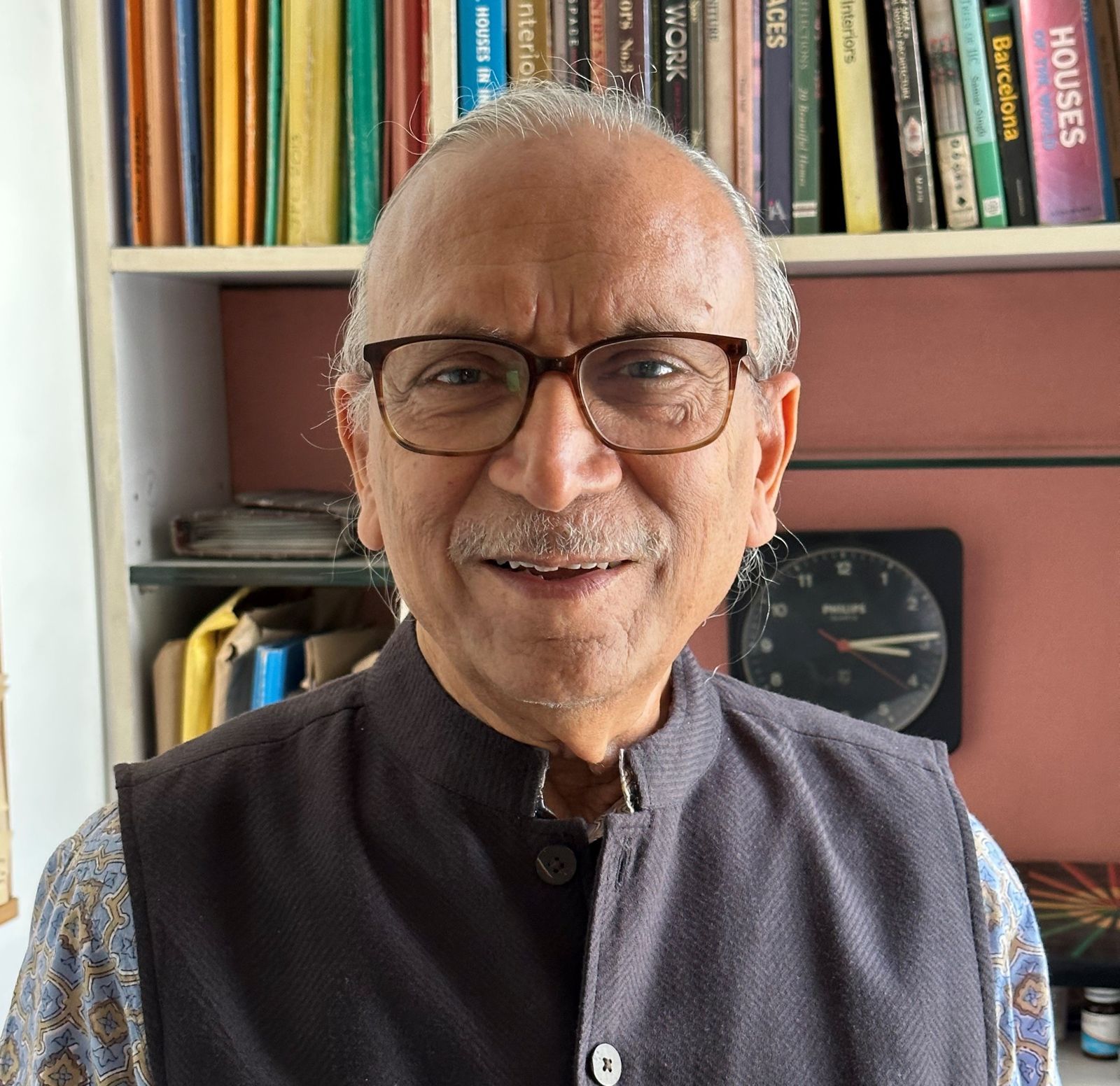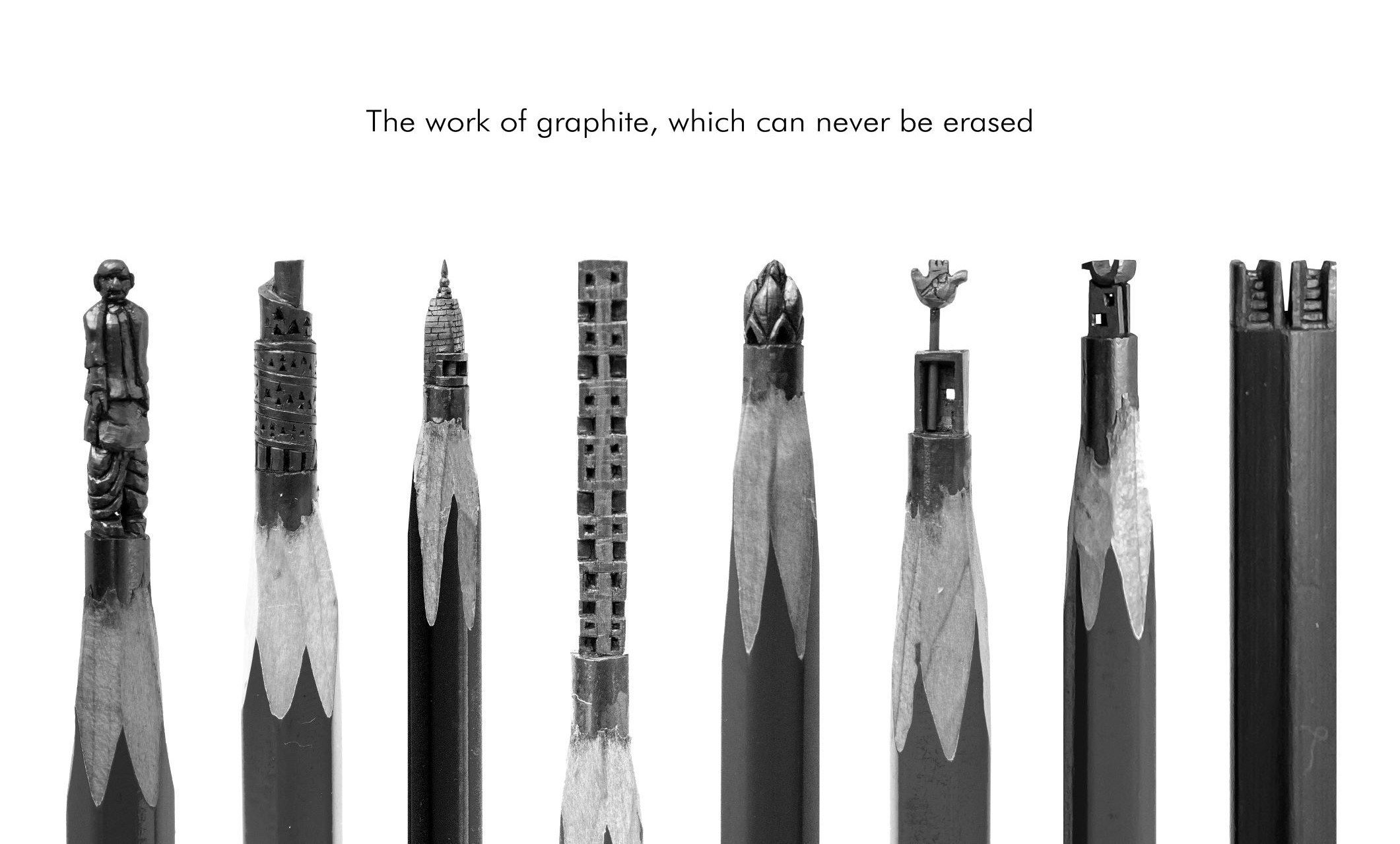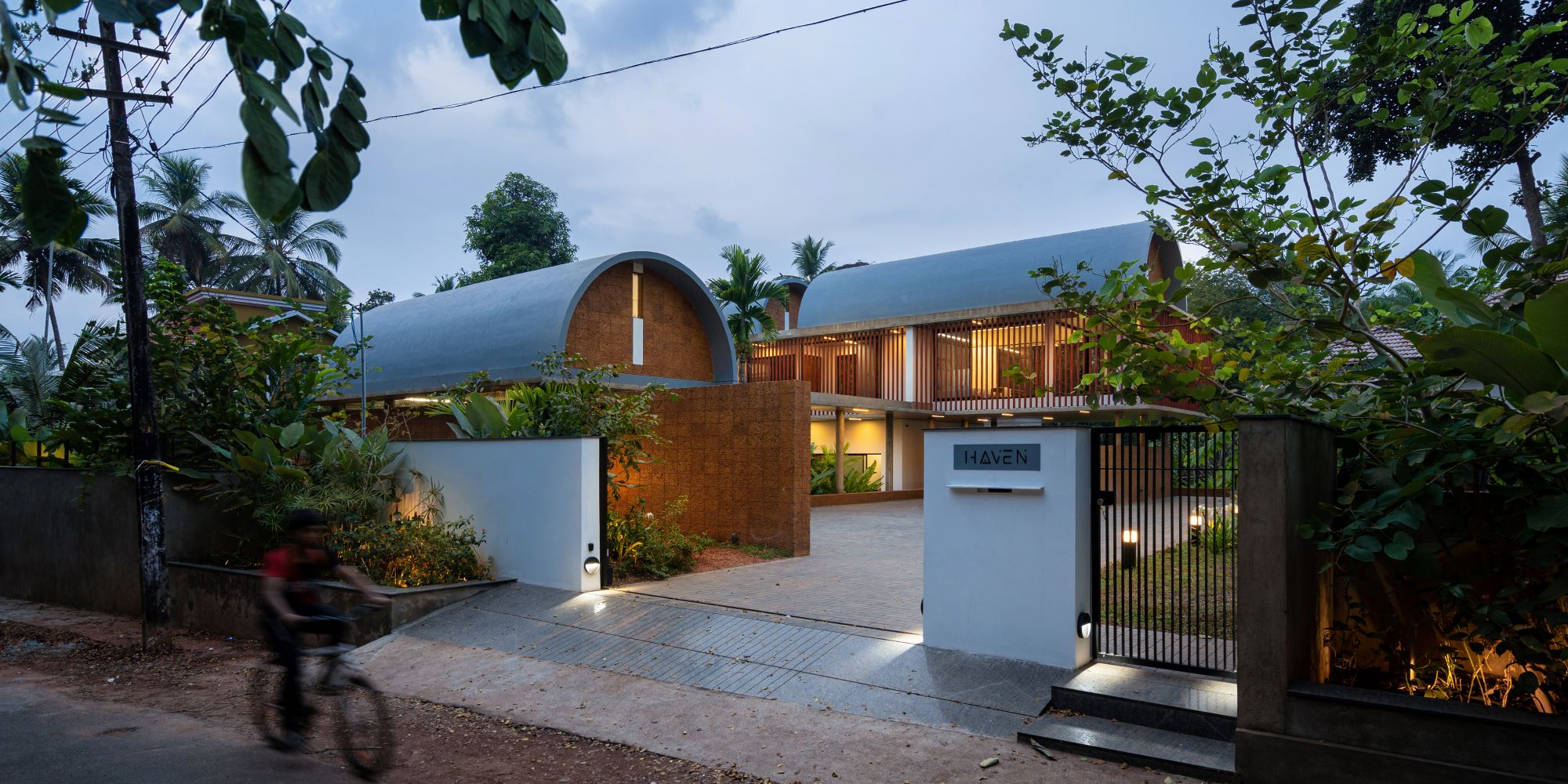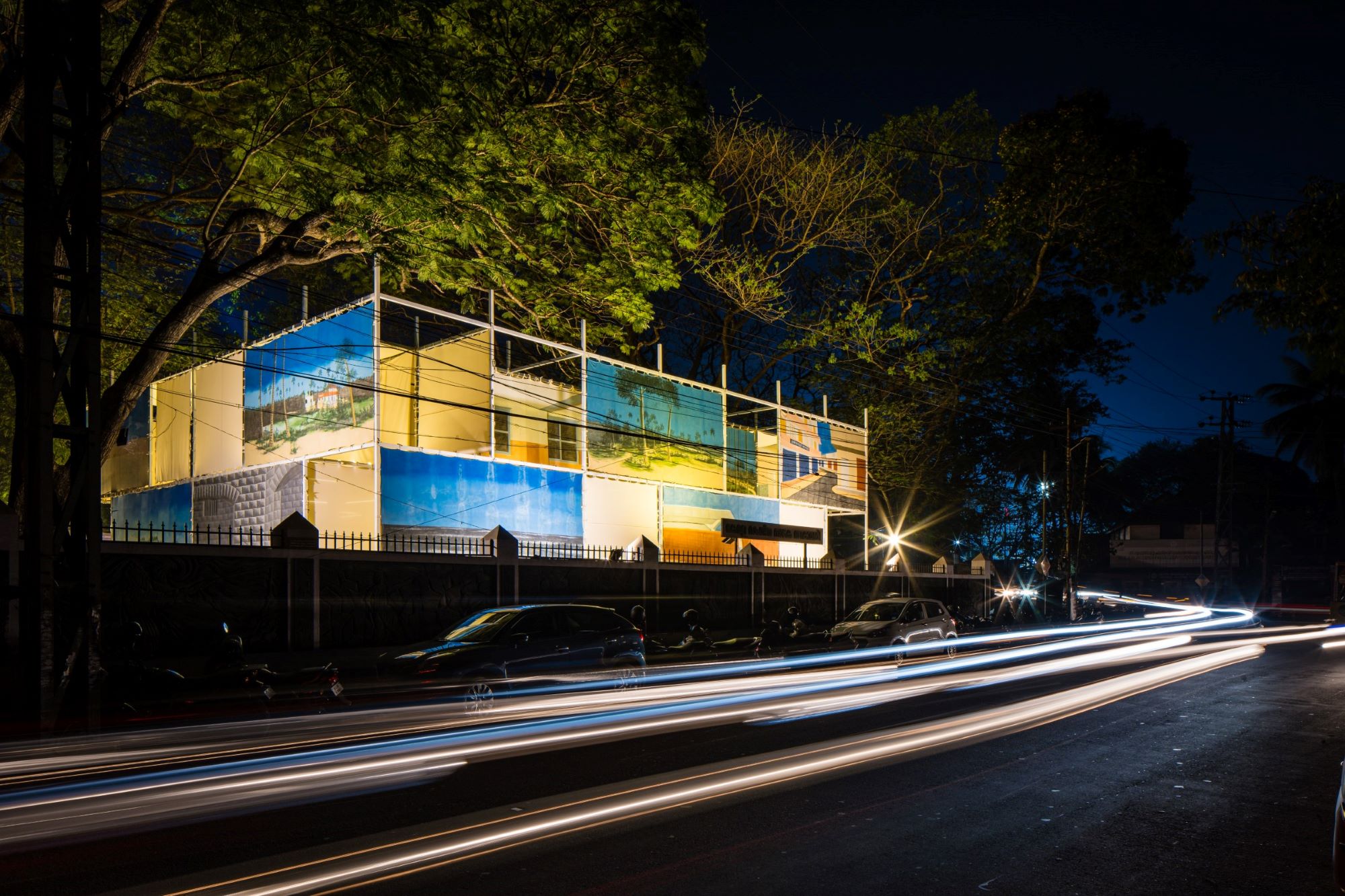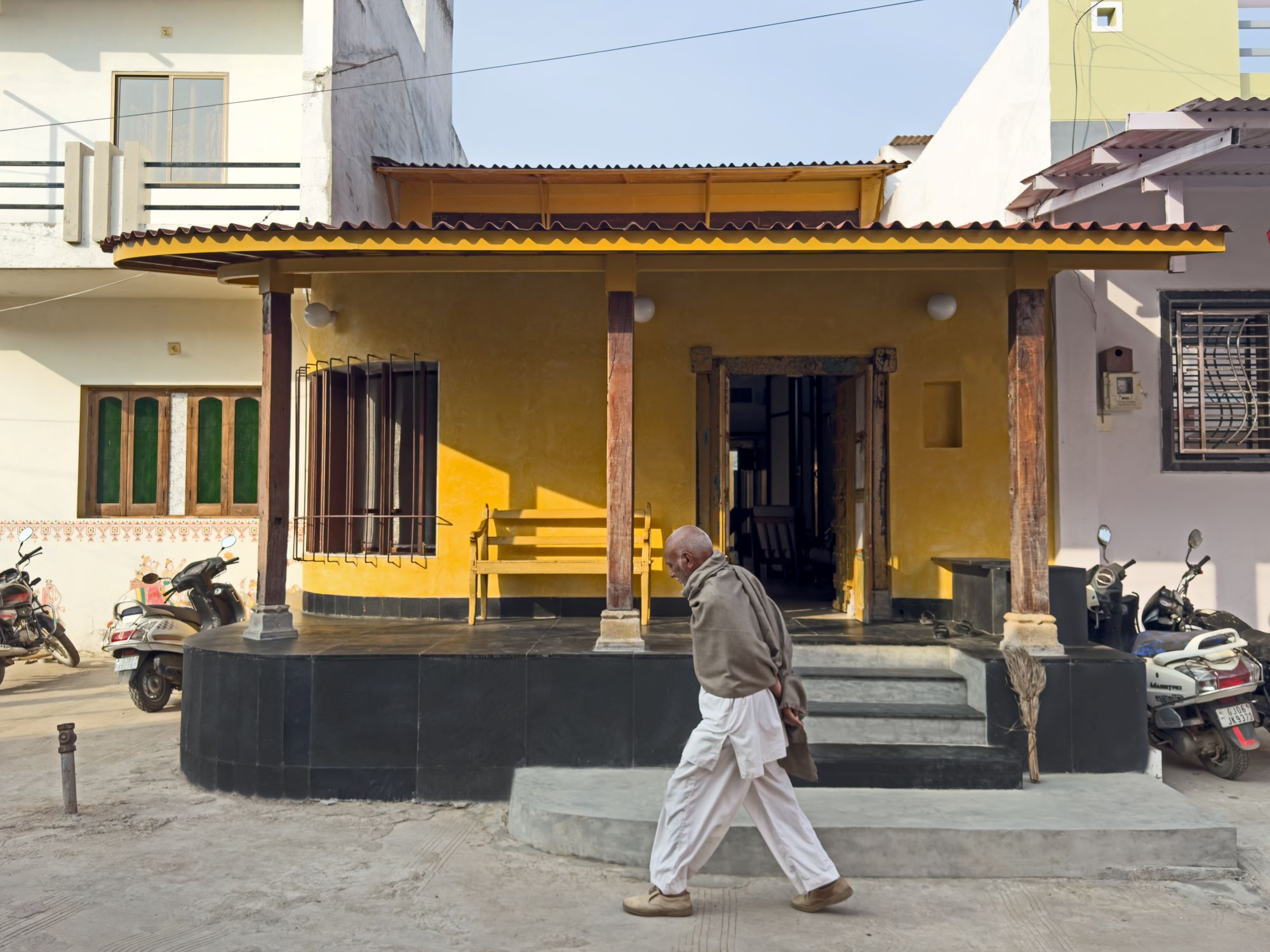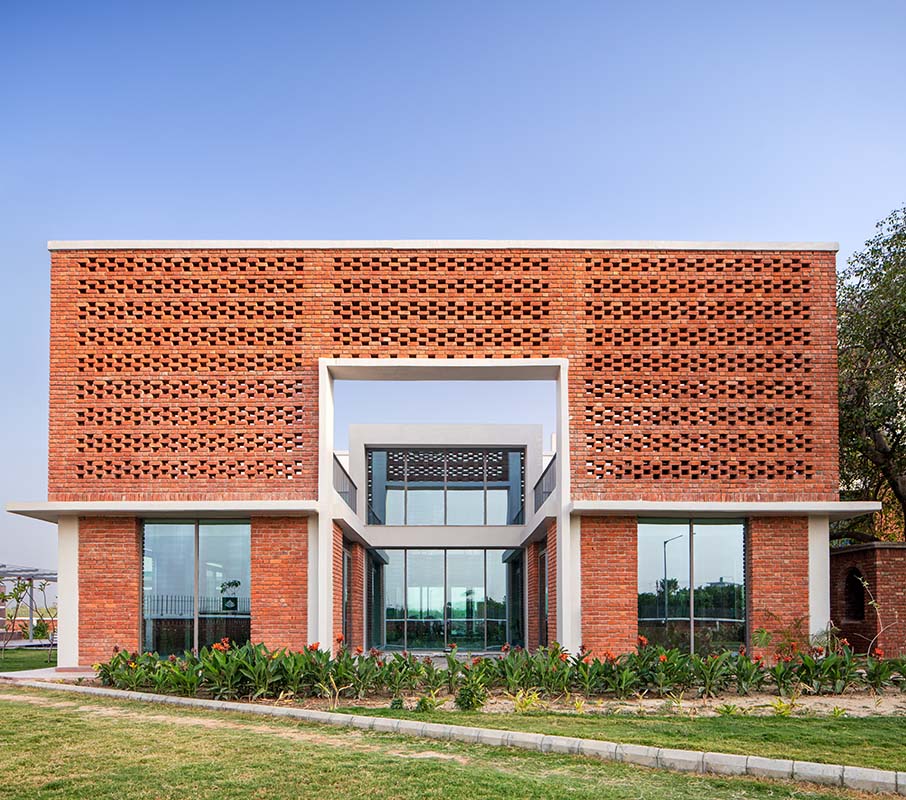Snehanshu Mukherjee, Founding Partner, talks about architecture post the pandemic and how the values and concerns that have driven all design at TEAM over the past 35 years are even more relevant and important now and in the times to come.
After the lock-down ends will we still continue to enjoy blue skies and clean air? Will our rivers get cleaner? In other words, shall we be in a position to benefit from the few unexpected boons that the lock-down has brought upon us?
As architects, we may feel that we have very little say in such matters. My question is, is this true? I have been thinking of these things especially these days amidst the pandemic. To me the primary question is – what would be the architecture for or of the future?
I expect there will be an increased concern for designing intrinsically healthy buildings. I hope, that to begin with, buildings will be rooted in their context and at the very least oriented correctly. I hope that we will not make buildings that become glass clad solar cookers – which then require extra tonnages of air-conditioning to make them barely liveable! Buildings that do not generate pollutants and toxic fumes within them by using materials for construction that create such a condition. Buildings that are built without adding to the land fill sites or the pollution of our environment.
Instead we should be constructing beautiful buildings frugally. We should embrace an art of building that is based upon principles of conservation, reuse and rejuvenation.
Conservation of materials, resources, skills, energy – both in the process of construction, and through the life cycle of the building constructed. None of these attributes are new inventions, this was the way “good” buildings were constructed earlier – even in my own lifetime. These have been our guiding principles in TEAM over the last 35 years of thinking, designing and making architecture.
We have chosen to remain uninfluenced by trends or passing fashions. Instead our approach to architecture has been aimed at reinforcing some perennial values, regardless of the size or complexity of a project. Be it as large and complex as the National Gallery of Modern Art at India Gate, or the small single room structure, Swamiji’s Meeting Room at Osho Dham.
We have kept to Vitruvian values, of creating efficient, economical, value for money and yet sophisticated buildings, that are rooted to their context. Frugal in use of resources and yet places that are inherently beautiful; appreciated and enjoyed by those who inhabit them. Built within estimated budgets and often even lower than the budget!
Therefore my answer to the questions I had raised, is – that architects and architecture have a huge role in shaping the built and natural environment.
Looking back I realise, that we in TEAM, have always conceived and delivered our projects with this understanding as a part of our design thinking. Our learnings through the experience of building so many types of projects, have today consolidated into an evolved method of design, which we can say with some certainty will comprehensively address the needs of a new built environment – as we move into the era of the pandemic. An environment where concerns of good health and wellbeing are foremost.

